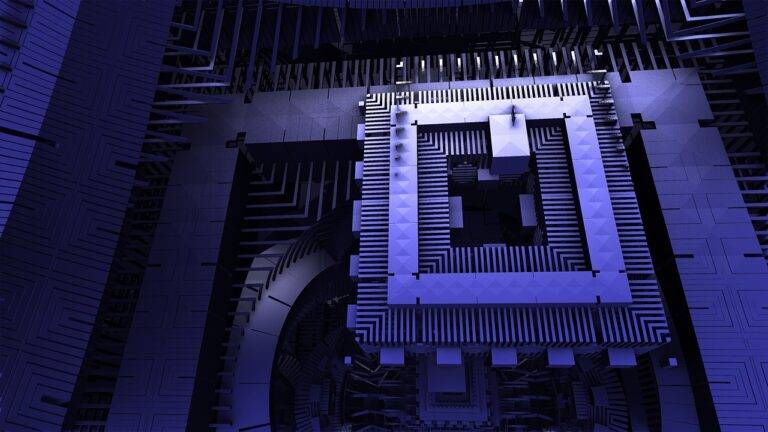Understanding the Role of Tech in Space Tourism
The early days of space travel were marked by groundbreaking achievements and bold explorations. From the launch of Sputnik 1 in 1957 to the historic Apollo 11 mission in 1969, humans were venturing into the unknown with unparalleled courage and determination. These monumental events laid the foundation for the evolution of space travel, pushing technological boundaries and inspiring a generation of scientists, engineers, and dreamers.
As the years progressed, space agencies around the world continued to innovate and push the limits of what was once thought impossible. The development of reusable spacecraft, such as the Space Shuttle program, revolutionized how we journey beyond Earth’s atmosphere. Moreover, international collaborations, like the International Space Station, have fostered cooperation among nations and fostered a sense of unity in the quest for greater understanding of the cosmos. The evolution of space travel has not only shaped our scientific knowledge but has also fueled humanity’s collective curiosity and ambition to reach new frontiers.
The Impact of Technology on Space Tourism
As technology continues to advance at a rapid pace, space tourism has become more feasible and tantalizing for the average person. Innovations in spacecraft design, propulsion systems, and life support technologies have paved the way for commercial space travel to become a reality. Companies like SpaceX and Blue Origin are at the forefront of developing cost-effective and reliable reusable rockets that make space tourism a viable option for potential travelers.
The integration of artificial intelligence and automation in spacecraft operation has significantly enhanced the safety and efficiency of space tourism ventures. These technological advancements have streamlined processes, reduced human error, and increased overall reliability in launching and returning from space missions. With continued research and development, space tourism is poised to become more accessible and commonplace in the near future.
Advancements in Spacecraft Design
Spacecraft design has undergone remarkable changes throughout the history of space exploration. With each mission, engineers and scientists have pushed the boundaries to develop spacecraft that are more efficient, reliable, and capable of withstanding the extreme conditions of space. One key advancement in spacecraft design has been the shift towards using lightweight materials that offer both durability and flexibility in construction.
Moreover, the integration of advanced propulsion systems has been pivotal in enhancing the capabilities of spacecraft. From traditional chemical propulsion to innovative technologies like ion propulsion, spacecraft designers have been able to increase speed, reduce travel time, and explore farther reaches of our solar system. These advancements in propulsion systems have not only revolutionized space travel but have also paved the way for future missions to explore beyond our own celestial neighborhood.
What are some key advancements that have been made in spacecraft design?
Some key advancements in spacecraft design include improvements in propulsion systems, lightweight materials, and more efficient power sources.
How has technology impacted space tourism?
Technology has made space tourism more accessible and affordable, with advancements in spacecraft design allowing for safer and more comfortable travel experiences for tourists.
What are some challenges that spacecraft designers face in creating new designs?
Some challenges spacecraft designers face include the need for increased sustainability, the development of reusable spacecraft, and ensuring the safety of passengers and crew during space travel.
How has the evolution of space travel impacted our understanding of the universe?
The evolution of space travel has allowed us to explore new frontiers and gain a deeper understanding of the universe, leading to new discoveries and advancements in scientific knowledge.





